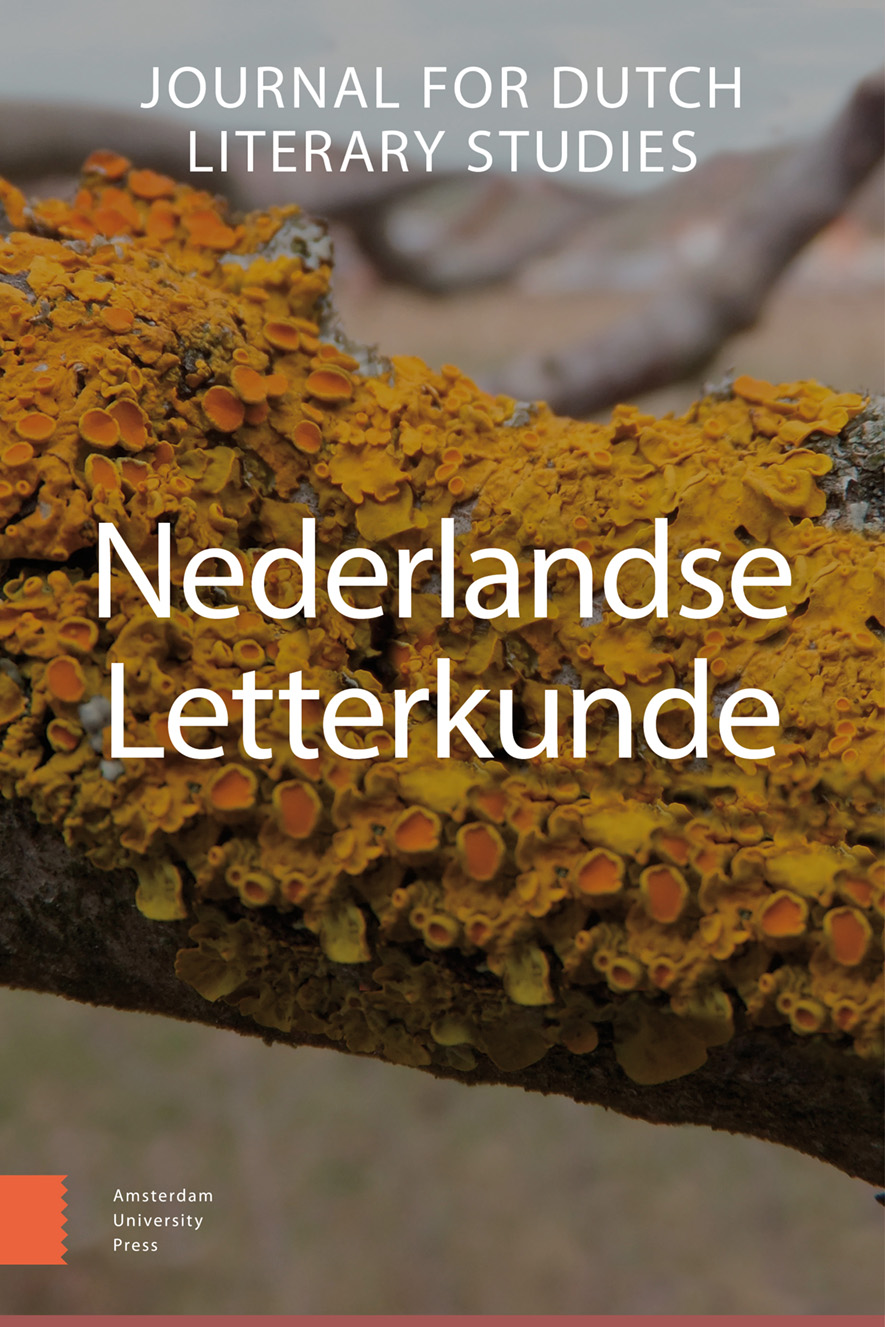
Full text loading...
This article initiates research into the underlying reasons for the disappearance of late medieval moral-didactic texts in Middle Dutch, such as Dat Scaecspel and Kaetspel ghemoraliseert, by examining their developments on the printing press. Despite enjoying substantial circulation between 1400 and 1540, many of these cultural significant texts ceased to be published after the press was fully established (c. 1540). This study adopts a receptionoriented approach to explore the shift of several moral-didactic texts from manuscript to print, as well as the developments during the early period of print (c. 1450-1540). The reception of the printed book implied an expansion of the initial target audience to include lower social classes, combined with a slow conversion from collective listening to more individualized reading practices. Consequently, printer-publishers introduced structural elements to facilitate independent reading processes. This article aims to analyze these renewed reader’s aids and to contextualize the developments of late medieval moral-didactic texts. Therefore, this article focuses on the formatting of such texts and its reception, examining the presence and use of tables of content, columns, illustrations, prose, and punctuation.

Article metrics loading...

Full text loading...
References


Data & Media loading...

